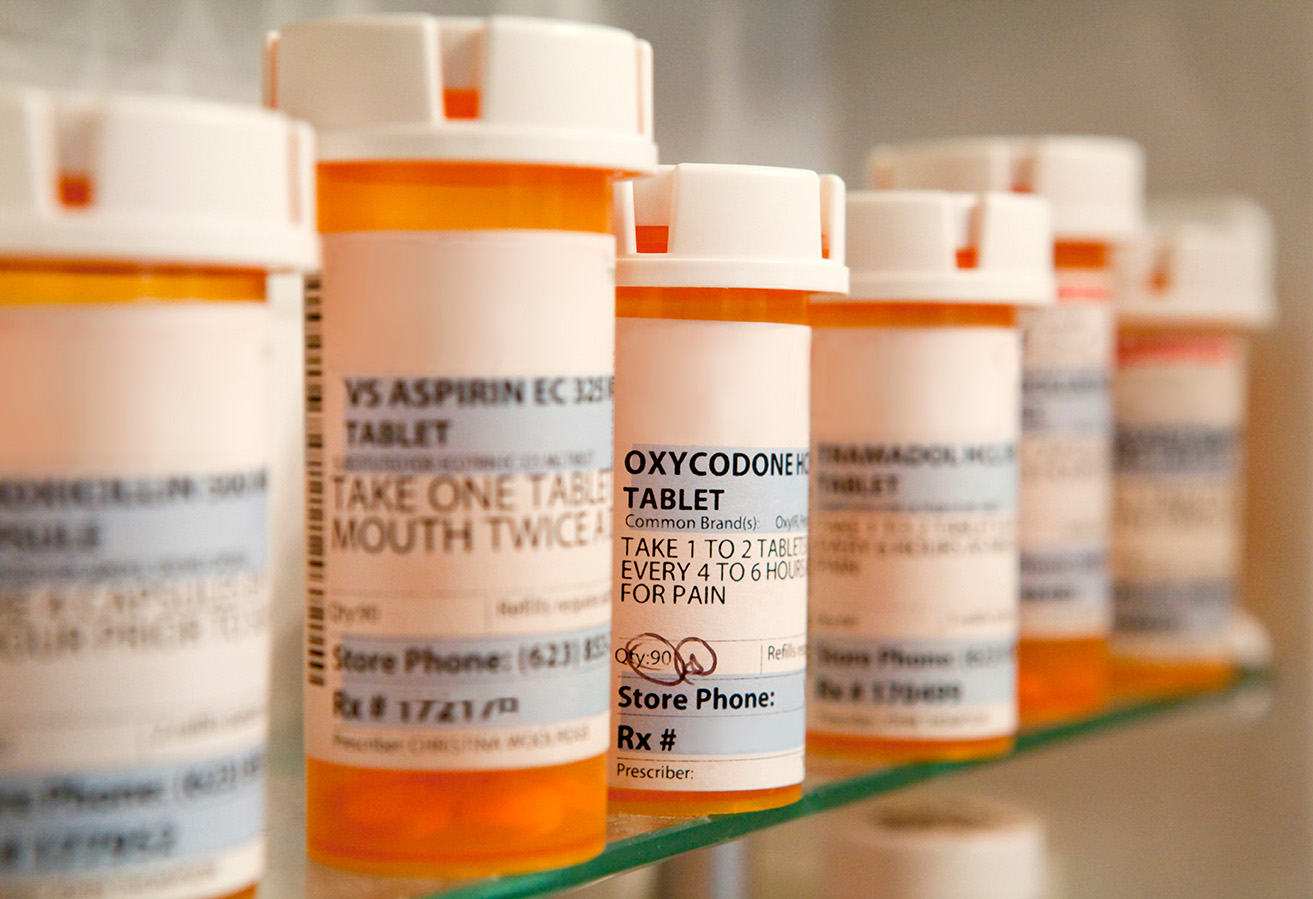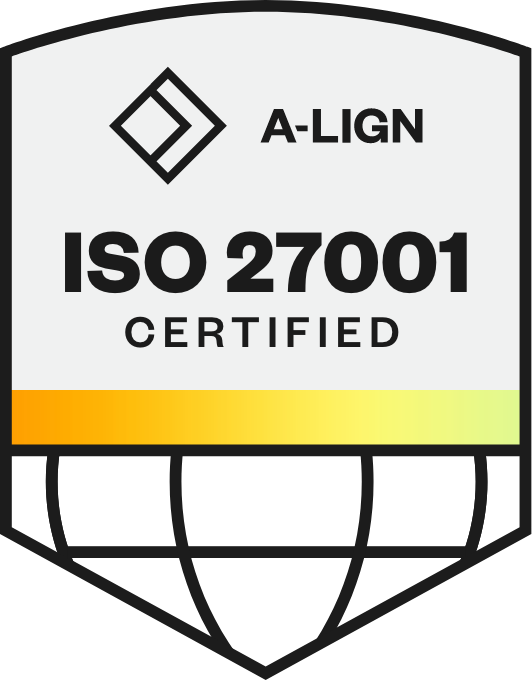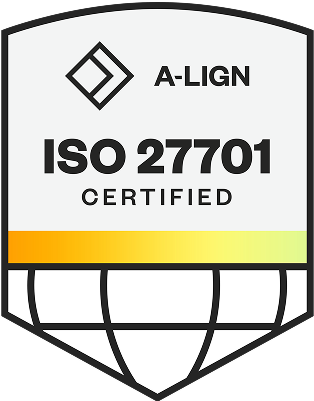Protect your patients and employees with intelligent drug diversion monitoring
Imprivata Drug Diversion Intelligence (DDI) leverages AI and behavioral analytics to monitor the entire lifecycle of controlled substances. By analyzing user behavior and dispensing patterns, DDI helps healthcare organizations identify potential diversion incidents to ensure patient safety and regulatory compliance.
Understanding Drug Diversion Intelligence
Discover how Imprivata's DDI solution utilizes AI and user behavior analytics to monitor controlled substances, detect potential diversion, and enhance patient safety.

Key benefits of Imprivata Drug Diversion Intelligence
Detect suspicious behavior faster with group-trend and user insights, custom alerts, and continuous monitoring of risks.
Manage the full drug lifecycle from a single platform, including administration, waste, removal, prep, and dispensing.
Simplify audits with comprehensive reports that support regulatory requirements and internal policies.
DDI's investigation module promotes speed and efficiency with step-by-step guidance, documentation, and collaboration support.
DDI Overview Walkthrough
Take a look at DDI’s Dashboards, Reports, Alerts, Investigations and Governance tabs
Real stories. Real impact.
Security and Privacy Certifications



Frequently asked questions
Skip list contentWhat is drug diversion?
How can we adopt drug diversion monitoring without signaling distrust to our staff?
How does DDI handle the problem of inconsistent drug naming across disparate systems?
How does DDI support controlled substances lifecycle auditing?
Can DDI support e-prescribing security?
What is Patient Privacy Intelligence (PPI) and how does it relate to DDI?

See how AI can enhance your diversion detection
Additional costs beyond the agreed-upon contract may be incurred if the number of applications monitored increases, the size of the user base increases, or the volume of data being consumed increases beyond the initial scope of the contract, increasing storage requirements.
Visit the ONC disclosure page for more information.



